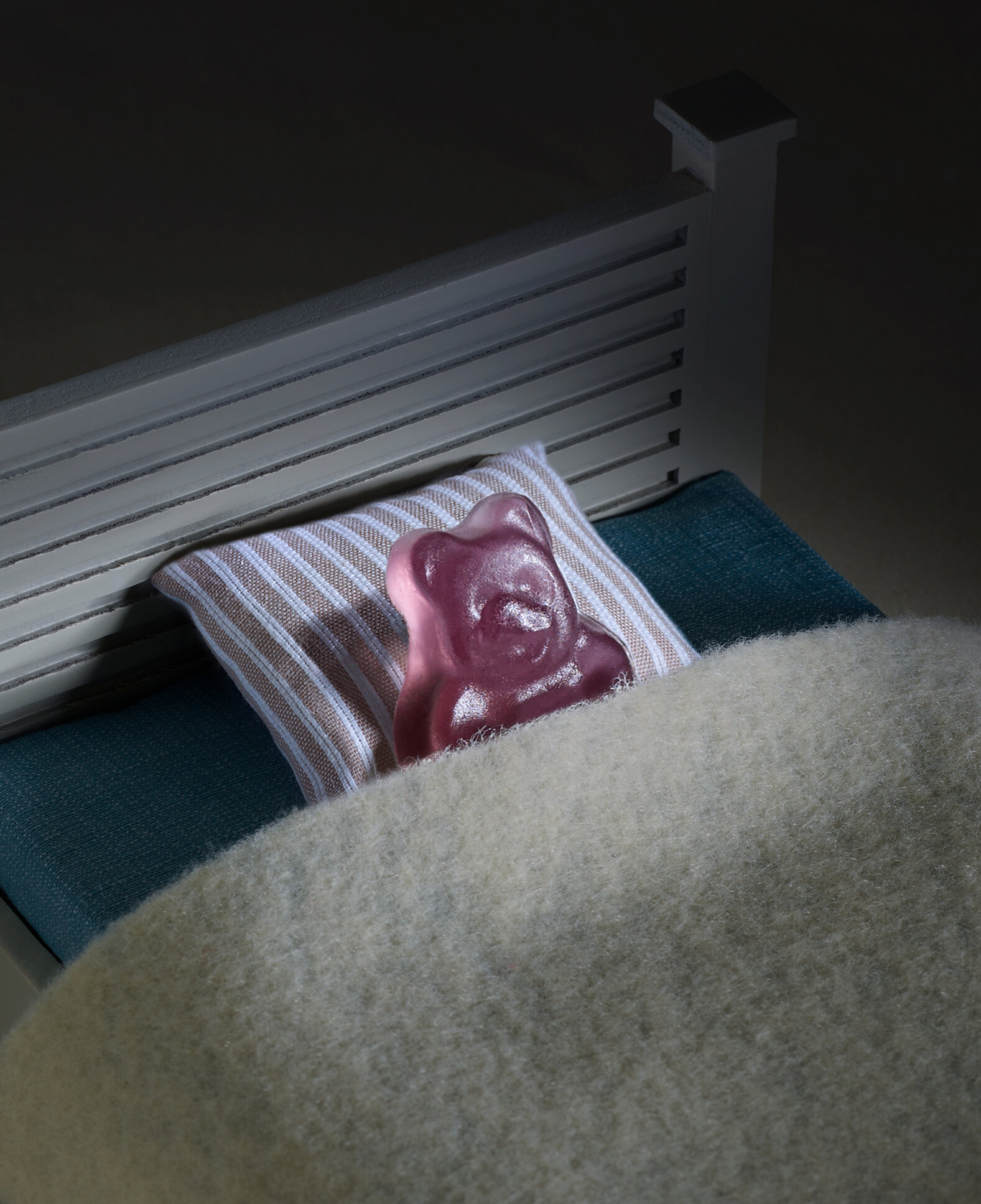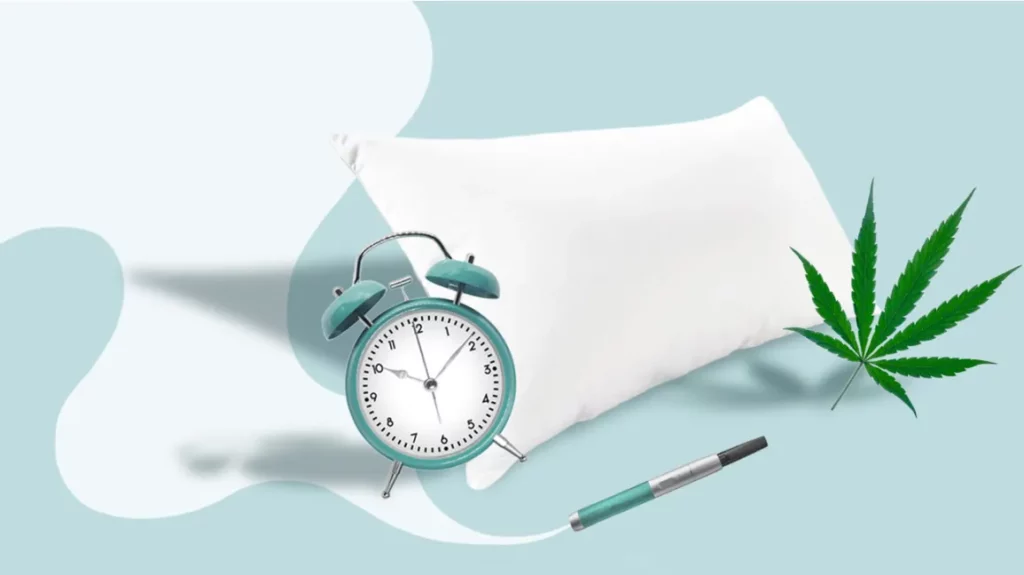Cannabis
Can Cannabis Improve Your Sleep?
In today’s fast-paced world, a good night’s sleep is essential for overall well-being. Lack of sleep can have detrimental effects on our mood, energy levels, and even our physical health. As a result, many people are constantly searching for effective sleep aids to help them achieve a restful night. One sleep aid that has gained significant attention in recent years is cannabis, also known as marijuana.
In this comprehensive guide, we will explore the relationship between cannabis and sleep, examining its potential benefits, drawbacks, and the latest research findings.
Whether you’re a casual user or considering cannabis for its sleep-enhancing properties, this guide will provide you with the information you need to make an informed decision.
Understanding the Effects of Cannabis on Sleep

Cannabis is a plant that contains several active compounds, the most well-known being tetrahydrocannabinol (THC) and cannabidiol (CBD). These compounds interact with the body’s endocannabinoid system, which plays a crucial role in regulating various physiological processes, including sleep.
The Potential Benefits of Cannabis for Sleep
Numerous studies have shown that cannabis may improve sleep for individuals with specific conditions such as chronic pain, post-traumatic stress disorder (PTSD), multiple sclerosis, and restless legs syndrome (RLS). A survey of medical marijuana users revealed that nearly half of them cited sleep as a primary reason for using cannabis. However, Note that research on cannabis as an aid is still evolving, and the results can be mixed.
The Role of THC and CBD in Sleep
THC is the primary psychoactive compound in cannabis and is known for its sedative properties. Low doses of THC have been found to improve sleep, while high doses can potentially worsen sleep quality. On the other hand, CBD, which does not cause a high, appears to have alerting properties at low doses and sleep-inducing effects at higher doses. The effects of THC and CBD on sleep can vary depending on the individual and the specific ratios of these compounds in the cannabis product.
Different Types of Cannabis Strains and Their Effects on Sleep
Indica and sativa are often categorized as cannabis strains, each having distinct effects. Indica strains are believed to provide a calming effect and may promote relaxation and sleepiness, while sativa strains are considered more stimulating and can induce feelings of euphoria.
However, it’s worth noting that the effects of cannabis strains can be subjective, and the concentration of THC and other compounds may play a more significant role in determining their effects on sleep.
The Impact of Cannabis on Sleep Architecture
Sleep architecture refers to the different stages of sleep, including deep sleep and rapid eye movement (REM) sleep. While cannabis may help individuals fall asleep faster, research suggests that it can alter sleep architecture. Short-term use has been found to increase the time spent in deep sleep, which is essential for feeling refreshed upon waking. However, it can also decrease REM sleep, affecting dream activity and emotional processing during sleep.
The Potential Risks and Side Effects of Cannabis for Sleep
Long-term and heavy cannabis use can have negative consequences. Studies have shown that regular cannabis use can lead to tolerance, requiring higher doses to achieve the same effects. Abrupt discontinuation of cannabis use can also result in withdrawal symptoms, including disturbances. Additionally, long-term cannabis use has been associated with health-related side effects and reduced sleep quality.

Using Cannabis as a Sleep Aid: Tips and Considerations
If you’re considering using cannabis as a sleep aid, it’s essential to approach it with caution and consider the following tips and considerations:
1. Consult with a Healthcare Professional
Before incorporating cannabis into your sleep routine, it’s crucial to consult with a healthcare professional who is knowledgeable about cannabis use. They can provide personalized recommendations based on your specific needs and medical history.
2. Choose the Right Cannabis Product
Cannabis is available in various forms, including smoking, vaping, edibles, and sublingual tinctures. Each form has its own onset time and duration of effects.
For example, smoking or vaping cannabis can provide faster relief, while edibles have a longer-lasting effect. Consider your preferences and health concerns when selecting a cannabis product.
3. Start with Low Doses
When using cannabis for sleep, it’s recommended to start with low doses and gradually increase the dosage if needed. This approach allows you to gauge your individual response and minimize the risk of adverse effects.
4. Consider the Timing of Consumption
Timing is crucial when using cannabis for sleep. If you choose to smoke or vape cannabis, it’s best to do so closer to bedtime to align with the onset of its effects. On the other hand, if you opt for an edible, consider consuming it earlier to allow for the slower onset time.
5. Be Mindful of Potential Side Effects
Cannabis can have side effects, including dizziness, nausea, fatigue, dry mouth, and changes in mood. It’s important to be aware of these potential side effects and monitor your individual response. If you experience any adverse effects, consider adjusting the dosage or discontinuing use.
6. Consider Lifestyle Factors
In addition to using cannabis, incorporating healthy sleep hygiene practices into your routine can significantly improve sleep quality. Maintain a consistent sleep schedule, create a conducive sleep environment, limit exposure to screens before bed, and manage stress levels.
7. Understand Legal Considerations
Cannabis laws vary across different regions. Before using cannabis, familiarize yourself with the legal regulations in your area. It’s important to ensure compliance with local laws and regulations.
8. Explore Alternative Sleep Aids
While cannabis may be effective for some individuals, it’s essential to explore other sleep aid options as well. Cognitive-behavioral therapy for insomnia (CBT-I) and natural sleep aids like melatonin and valerian root are worth considering. Discuss these alternatives with your healthcare professional.
9. Monitor Your Sleep Patterns
Regularly assess your sleep patterns and overall sleep quality when using marijuana as a sleep aid. This self-monitoring can help you identify any changes in your sleep patterns and make necessary adjustments to optimize sleep.

Conclusion
Cannabis has shown promise as a sleep aid for individuals with certain conditions, but research on its efficacy and long-term effects is still ongoing. Before incorporating cannabis into your routine, it’s important to consider the potential benefits, risks, and individual factors.
Consulting with a healthcare professional and exploring alternative sleep aids are essential steps in making an informed decision. Remember to prioritize healthy sleep hygiene practices and monitor your sleep patterns to ensure optimal sleep quality. As the field of cannabis research progresses, more comprehensive guidelines for its use as a sleep aid may emerge.

